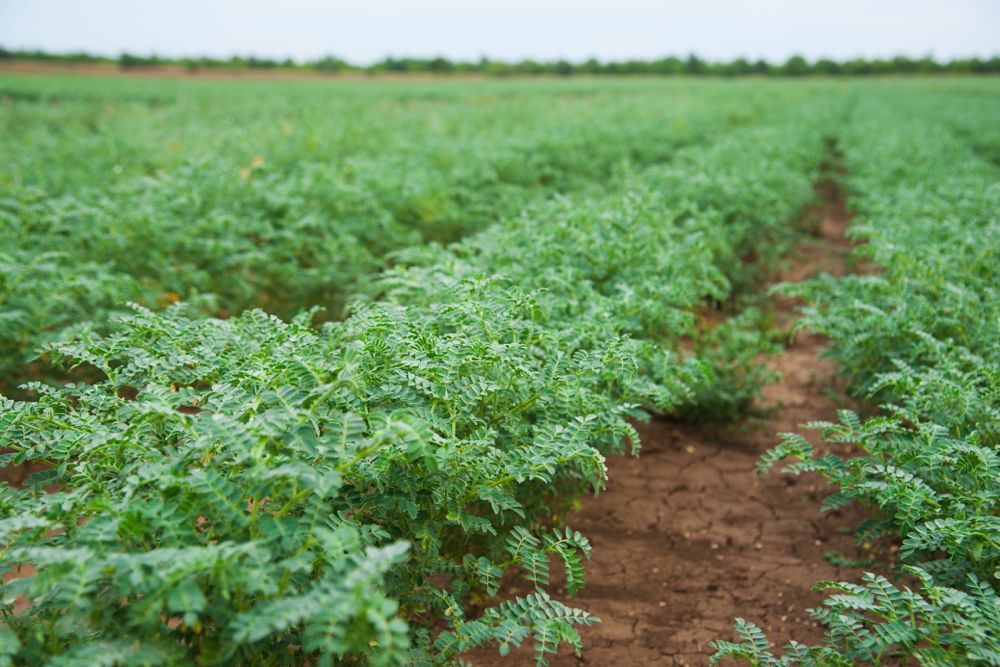MarketsFarm — The U.S. Department of Agriculture’s (USDA) prospective plantings report, delivered March 31, provided a mixed bag for pulse growers in that country as far as the numbers are concerned.
Some analysts, however, believe the actual acres seeded will top USDA’s projections.
Increasing demand from China, India and a recovering domestic market have raised hopes for additional pulse acres. Despite ongoing competition from high-priced crops such as corn and canola, Todd Scholz, vice-president of research and member services for the U.S.A. Dry Pea and Lentil Council in Moscow, Idaho, is optimistic.
Read Also

Alberta crop conditions improve: report
Varied precipitation and warm temperatures were generally beneficial for crop development across Alberta during the week ended July 8, according to the latest provincial crop report released July 11.
“I think we’re in a pretty hopeful time. Markets seem to be strengthening from where they were last year,” he said.
Compiled by the National Agricultural Statistics Service (NASS), the report projects 290,000 acres of chickpeas and 611,000 acres of lentils will be planted for 2021. These represent increases of seven and 16 per cent from the previous crop year, respectively.
Meanwhile, 1.54 million acres of dry edible beans and 893,000 acres of dry peas are also projected to be planted, both a decrease of 11 per cent.
The primary factor affecting acreage numbers is the weather, Scholz said.
“In northeast Montana and some of North Dakota, they’re pretty dry and they haven’t had any of the winter moisture they expected or spring moisture. (Growers) are looking for crops that will get out of the ground with limited moisture and lentils fit better than peas in that category,” he said, adding that lentils currently have a premium over peas and are becoming more attractive to growers.
However, Scholz added, planting intentions can shift month-to-month as growers may change their minds about which crops to seed and for how many acres between February and the start of seeding season.
He has also heard speculation that seeding numbers for corn and soybeans may have been slightly inflated and more acres for pulses may actually be grown this year.
“When I was actively farming, making a decision in February was not always exactly what I did by the time I got (crops) in the ground,” he said. “As far as the outlook for pulses, I think we’re in the best (shape) we’ve been in four years… Our statistics have shown stocks have declined on our end, so that will help us out. With increased demand making prices strong, (it) will help our entire industry.”
— Adam Peleshaty reports for MarketsFarm from Stonewall, Man.















